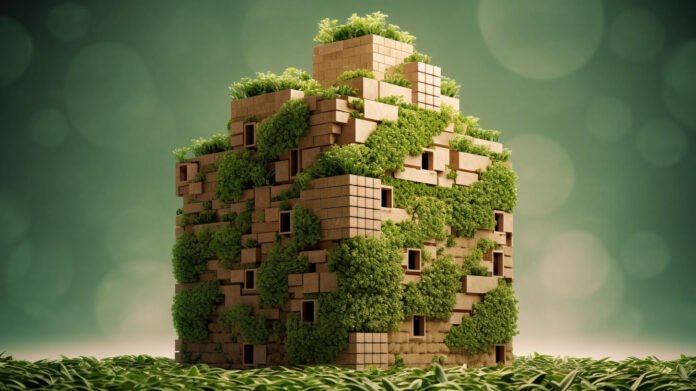In an era where environmental sustainability is paramount, the construction industry plays a crucial role in shaping a greener future. Choosing eco-friendly building materials is not only beneficial for the planet but also for long-term human health and well-being. In this article, we will explore sustainable solutions in building materials and how they contribute to a more environmentally conscious approach to construction.
The Importance of Eco-Friendly Building Materials

Traditional construction materials often have significant environmental drawbacks, including high carbon emissions, depletion of natural resources, and generation of construction waste. By contrast, eco-friendly building materials offer several advantages:
- Reduced Environmental Impact: Eco-friendly materials are sourced sustainably, produced with minimal energy consumption, and have lower carbon footprints compared to traditional alternatives.
- Improved Indoor Air Quality: Many conventional building materials contain volatile organic compounds (VOCs) and other harmful chemicals that can off-gas over time, contributing to indoor air pollution. Eco-friendly materials, on the other hand, emit fewer toxins, promoting healthier indoor environments.
- Energy Efficiency: Eco-friendly materials often have superior thermal insulation properties, reducing heating and cooling needs and improving energy efficiency in buildings.
- Waste Reduction: Sustainable materials are often recyclable or biodegradable, minimizing construction waste and promoting circular economy principles.
Exploring Eco-Friendly Building Materials
A wide range of eco-friendly building materials is available today, offering sustainable alternatives to traditional options. Here are some noteworthy examples:
1. Bamboo
Bamboo is a rapidly renewable resource known for its strength, durability, and versatility. It can be used in various applications, including flooring, decking, and structural elements, offering a sustainable alternative to hardwoods.
2. Recycled Materials
Recycled materials, such as reclaimed wood, recycled metal, and recycled plastic, are gaining popularity in construction projects. These materials divert waste from landfills and reduce the need for virgin resources.
3. Green Insulation
Green insulation options, such as cellulose, wool, and cork, provide effective thermal insulation while minimizing environmental impact. These materials are non-toxic, renewable, and biodegradable, making them ideal for sustainable construction.
Implementing Sustainable Practices
While choosing eco-friendly building materials is essential, implementing sustainable practices throughout the construction process is equally important. Consider the following steps:
- Design for Sustainability: Incorporate passive design strategies, such as proper orientation, natural ventilation, and daylighting, to reduce energy consumption and enhance occupant comfort.
- Minimize Waste: Optimize material use, reuse salvaged materials whenever possible, and recycle construction waste to minimize landfill contributions.
- Embrace Renewable Energy: Integrate renewable energy systems, such as solar panels and wind turbines, to reduce reliance on fossil fuels and lower carbon emissions.
- Adopt Green Building Certifications: Seek certifications like LEED (Leadership in Energy and Environmental Design) to validate sustainability efforts and enhance marketability.
The Path to a Greener Future
By prioritizing eco-friendly building materials and sustainable construction practices, we can mitigate the environmental impact of the built environment and create healthier, more resilient communities. Together, let’s embrace sustainable solutions and pave the way for a greener future.














